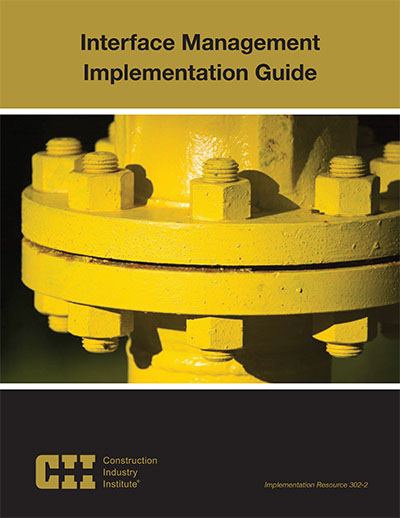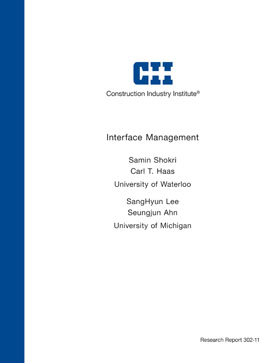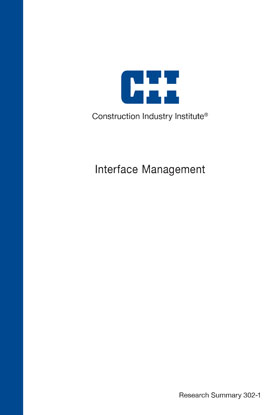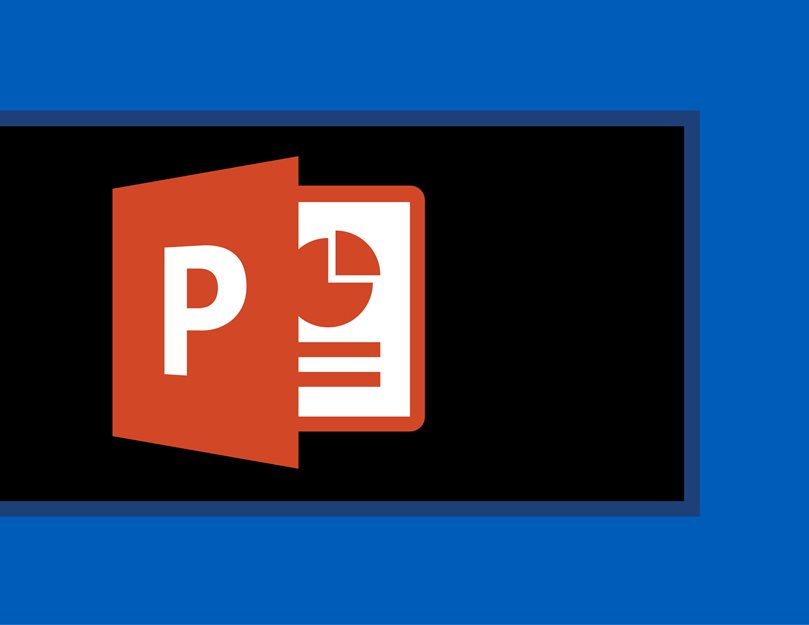
Interface Management Implementation Guide
As the complexity of capital projects has increased across increasingly globalized industry sectors, the use of interface management (IM) in the delivery of these projects has grown significantly. However, because construction organizations have implemented IM in wide variety of ways, the industry has no common IM definitions and practices. This variability hinders the widespread and systematic adoption of IM, despite its potential to improve project performance on large and complex capital projects around the world.
To address this issue, the Construction Industry Institute (CII) formed Research Team (RT) 302, Interface Management, charging the team with determining the most effective practices, techniques, and processes for improving the critical interfaces among globally dispersed project teams, multiple project partners, and an increasingly diverse labor force. RT302 members studied and conducted interviews on more than 45 projects to determine the current state of IM in the construction industry and to identify any correlations it has with general project characteristics and performance. This effort revealed that the industry has no common and well-developed IM implementation process, and that the understanding of IM elements varies by organization. RT 302 thus decided that, by developing common IM terms, practices, and processes, it could lay a foundation for standardized IM processes for use on projects and within organizations. This research product, the Interface Management Implementation Guide (IMIGe), presents these terms, practices, and processes.
The IMIGe explains how organizations can use standard definitions and terms to implement IM effectively and systematically; it shows organizations how to determine the appropriate degree of IM implementation, at both corporate and project levels; it presents the requirements for each level of IM implementation; and it shows how to implement these requirements. The guide also presents several case studies, along with example workflows and forms, to help the user understand IM implementation.
With the IMIGe, users can assess the current state of IM on their projects and within their organizations, establish a goal of implementing the appropriate level of IM, and identify any gaps. To bridge any gaps, users can then develop and execute phased IM strategy and implementation plans, for both the short and long terms. Implementers may also selectively use specific IMIGe recommendations, depending on the status and conditions of their respective organizations and projects. To supplement the IMIGe, RT 302 also produced Implementation Resource 302-3, The Interface Complexity Assessment Tool (ICAT), a tool that assesses the complexity of project interfaces. This Excel®-based resource is included on the disc accompanying the IMIGe and is available for download.
How to implement IM and determine the appropriate levels of IM needed. The guide also is useful for determining the requirements of each level and the methods for implementing them.
- Interface Complexity Assessment Tool (ICAT) – The ICAT is used to measure the criticality of interfaces between two project interface stakeholders and prioritizes every pair of interfaces based on interface influencing factors identified by the project team. Interface Complexity Factor (ICF), Interface Influencing Factor (IIF), Interface Weighting.
- Project Interface Risk-Impact (PIRI) Matrix – The matrix is a high-level decision making guide used to identify the extent of IM implementation needed for a project based on interface complexity and risk level.



